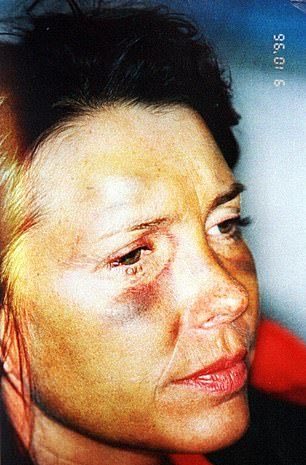Part 31: Dehumanisation
Abusers control because they NEED to have control over another. Many also debase their victim by treating them as less than human to justify their behaviour.
THREAD
#coercivecontrol #dehumanisation #DomesticAbuse
Those who dehumanise do not persecute groups or individuals they perceive as equal but those they see as ‘less than’.
Animalistic Dehumanisation- When people are denied human traits, they are thought to be animal-like.
Mechanistic Dehumanisation- When people are denied human traits they are thought to be object-like.
* Subhuman.
* Occupying a rank that is lower than human rank.
* Having a lower degree of intrinsic value than ‘own kind’
* A lesser (or no) degree of moral obligation.
Moral disengagement strategies are designed to get people to accept behaviors that they would otherwise recognize as unethical and unfair.
They justify failing to meet their own standards by claiming that what they do is not as bad as the other person.
This can be clearly seen in group bullying as well as online mobbing campaigns.
Dark Tetrad types share two major characteristics: extreme selfishness and a lack of empathy for others.
Their sense of entitlement is able to justify any behaviour, to get what they want.
They may be afraid of coming into contact with other victims for fear of opening the floodgates to all of their bottled-up past, so they will dehumanise to protect themselves.
HUMANNESS, DEHUMANIZATION, AND MORAL PSYCHOLOGY
Nick Haslam, Brock Bastian, Simon Laham, Stephen Loughnan
citeseerx.ist.psu.edu/viewdoc/downlo…




